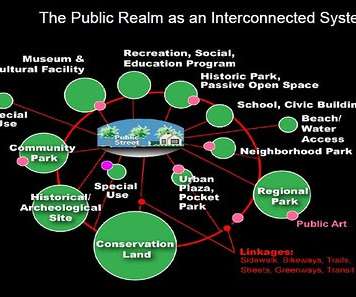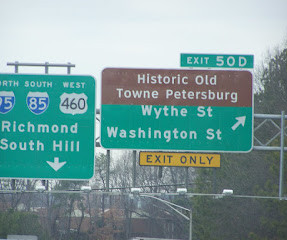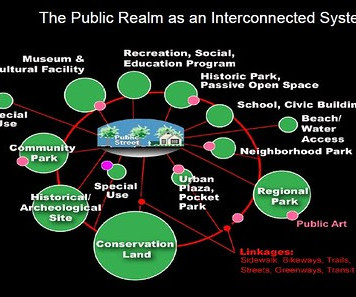The unintended consequences of converting office buildings to housing: the need for public safety; schools; amenities
Rebuilding Place in Urban Space
OCTOBER 7, 2022
The Complete Guide to City Living , 2004, Retire Downtown: The Lifestyle Destination for Active Retirees and Empty Nesters , 2006, both by Kyle Ezell), but mostly in weak market cities where the office districts were depopulated by business. Or some housing on top of retail. Center cities can be pretty dirty. schools (and daycare).











Let's personalize your content